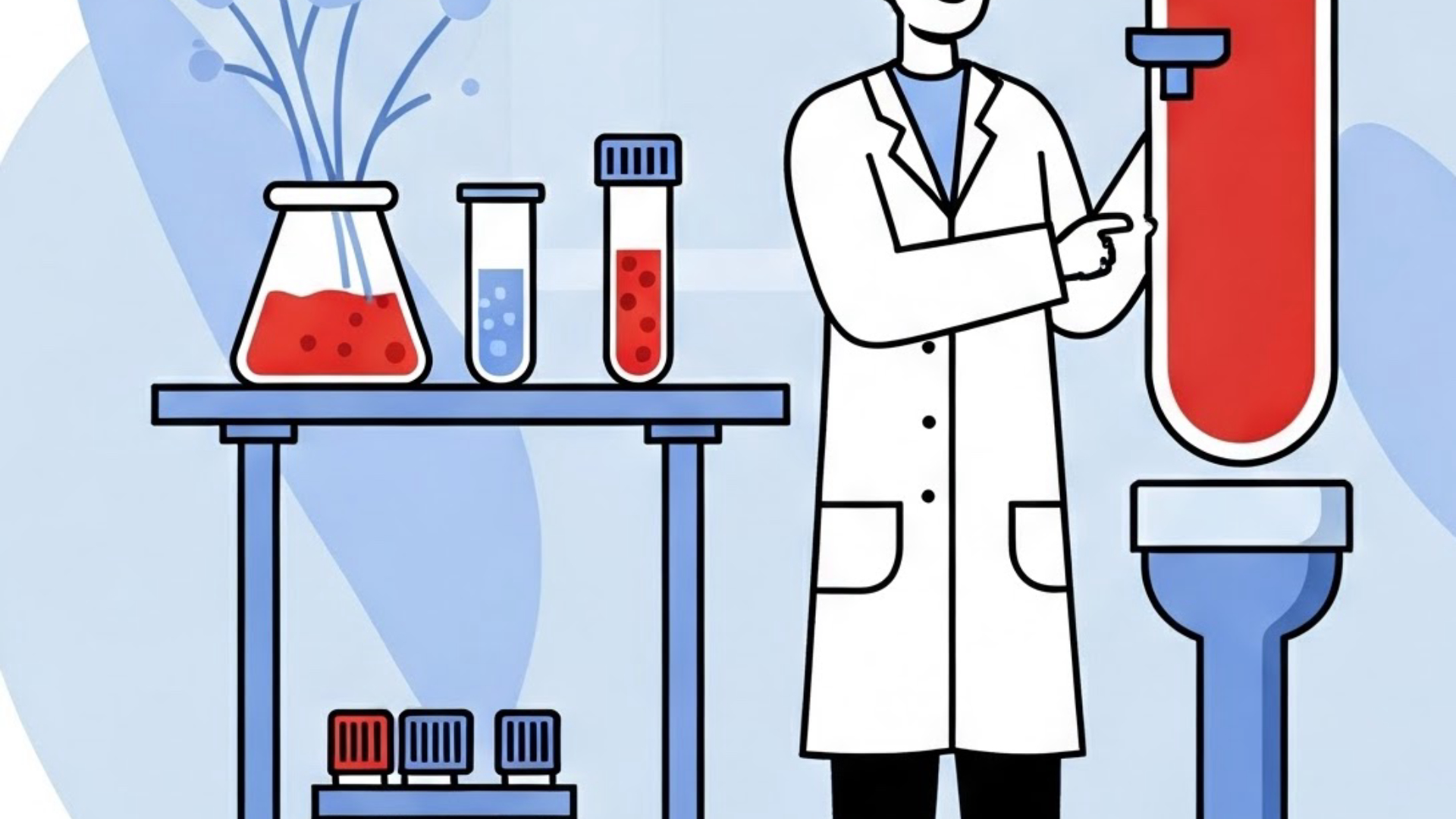Leukemoid Reaction vs. CML: How to Differentiate and When to Suspect Each Condition?
Published on 02/04/2025 · 5 min readUnderstanding the difference between a leukemoid reaction and chronic myelogenous leukemia (CML) is crucial for accurate diagnosis and appropriate patient management. This blog post will delve into the key distinctions, causes, and diagnostic approaches for these two conditions.
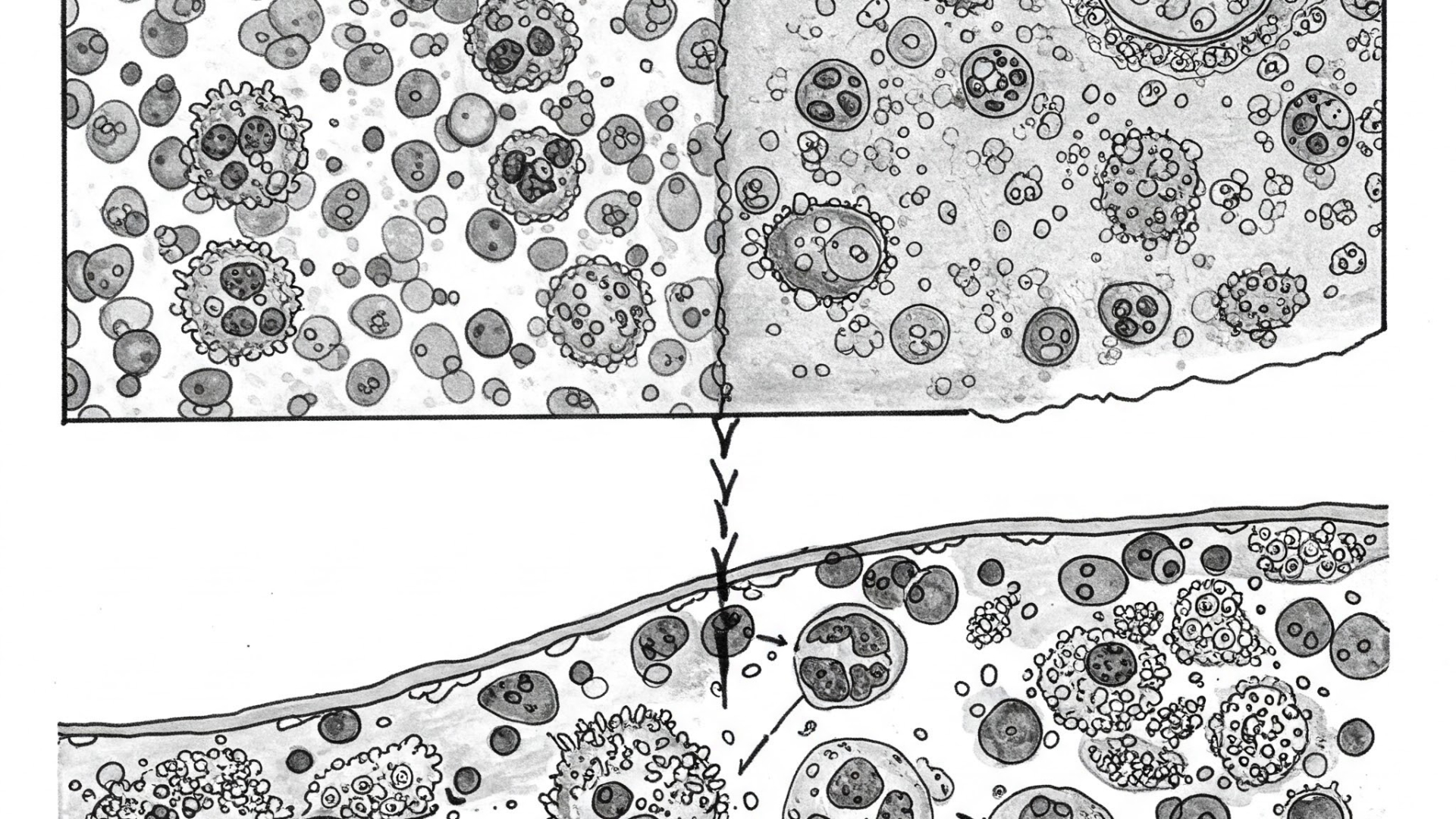
Table of Contents
What is a Leukemoid Reaction?Differentiating Leukemoid Reaction from CMLKey DifferencesDiagnostic ApproachClinical Case ExampleLab Findings in CMLConclusion
What is a Leukemoid Reaction?
A leukemoid reaction is a benign, exaggerated white blood cell (leukocyte) response to an underlying condition, such as infection or stress. It mimics leukemia but is not cancer. Key characteristics include:
- Benign Condition: Not a malignant process.
- Exaggerated Leukocyte Response: Typically, white blood cell counts exceed 50,000/µL.
- Causes: Infections (e.g., tuberculosis, pertussis), hemorrhage, drugs (e.g., dapsone, sulfa drugs, steroids), and stress.
- High LAP Score: Elevated leukocyte alkaline phosphatase (LAP) score, indicating mature and functional white blood cells.
Differentiating Leukemoid Reaction from CML
The primary differential diagnosis for leukemoid reaction is CML. Here’s how to distinguish between the two:
Key Differences:
- CML: A chronic myeloproliferative neoplasm characterized by the Philadelphia chromosome (t(9;22) translocation).
- Leukemoid Reaction: A reactive process without the Philadelphia chromosome.
- LAP Score: CML typically presents with a low LAP score, while leukemoid reactions have a high LAP score.
Diagnostic Approach:
- Bone Marrow Biopsy and Cytogenetics: Essential for detecting the Philadelphia chromosome in CML.
- LAP Score: Helps differentiate between the two conditions.
- Clinical Presentation: Consider patient history, symptoms (e.g., splenomegaly), and other lab findings.
Clinical Case Example
Consider a 63-year-old female with a history of chronic neutrophilia and splenomegaly. A bone marrow biopsy reveals the t(9;22) translocation (Philadelphia chromosome). This confirms a diagnosis of CML, as the presence of the Philadelphia chromosome is a hallmark of this condition.
Lab Findings in CML:
- Low LAP score.
- Presence of the Philadelphia chromosome.
- No Auer rods (typically seen in acute myeloid leukemia).
- Blast cells are not significantly elevated, as in acute leukemia.
Conclusion
Accurate differentiation between leukemoid reaction and CML is critical for appropriate management. A high LAP score, absence of the Philadelphia chromosome, and resolution with treatment of the underlying cause suggest a leukemoid reaction. In contrast, the presence of the Philadelphia chromosome and a low LAP score indicate CML. Always consider a thorough clinical evaluation and appropriate diagnostic tests to ensure accurate diagnosis.
Shop related blood tests

Complete Blood Count (CBC) with Differential and Platelets Blood Test
This is essential for evaluating the white blood cell count and differential, which is crucial for distinguishing between leukemoid reaction and CML.
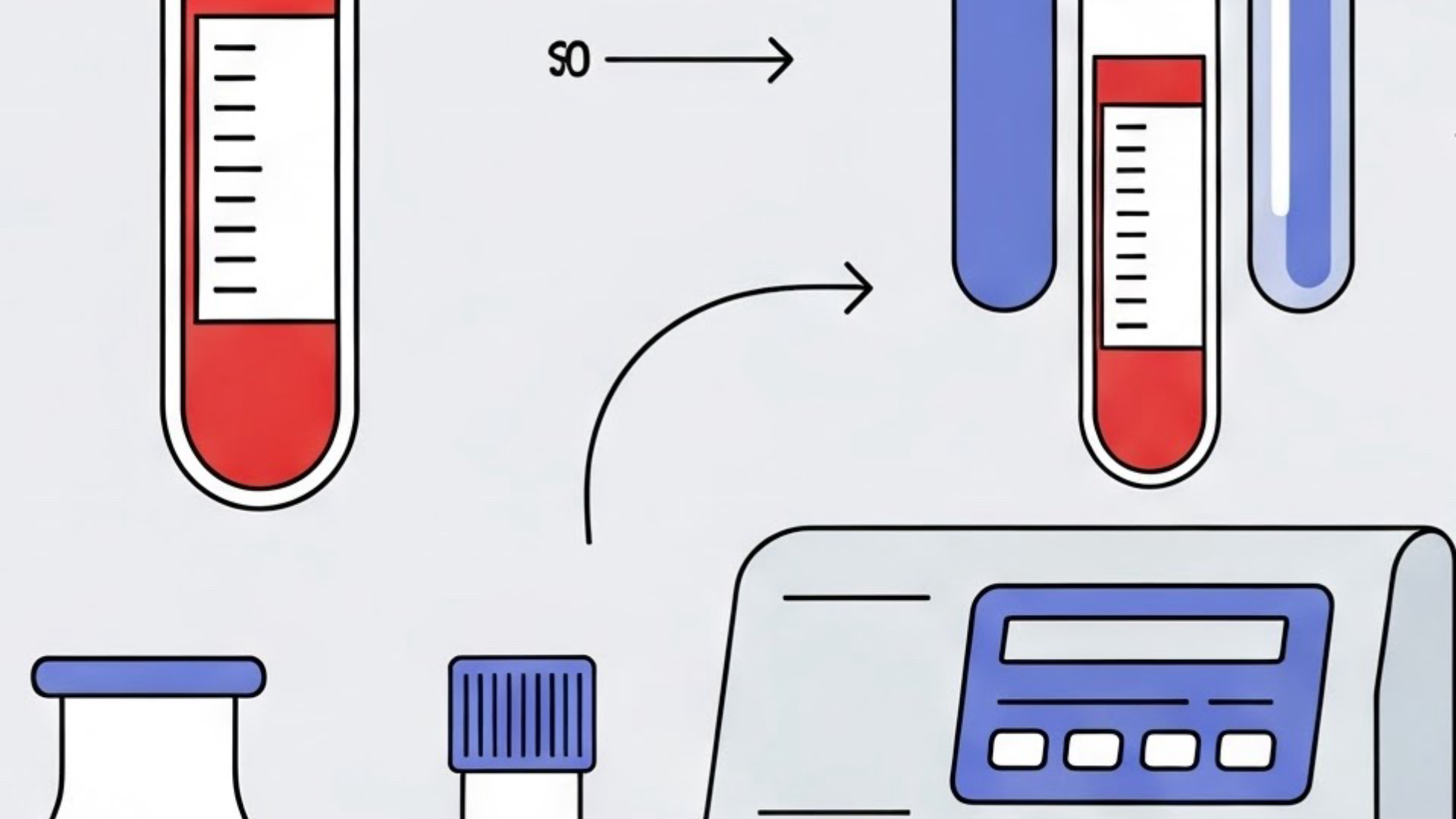
Comprehensive Metabolic Panel (CMP)
This is useful to evaluate the overall health of the patient, and to help rule out other causes of elevated white blood cells.
Read next
 Written on 03/01/2025
Written on 03/01/2025What Are Common Urine Crystals and Their Shapes? (Calcium Oxalate, Cysteine, Struvite, Uric Acid)
Have you ever wondered what those tiny particles in urine sediment under a microscope could mean? Identifying urine crystals by their distinct shapes can provide valuable clues about the type of kidney stones a person might have. This is a high-yield topic, especially for medical board exams! Read more
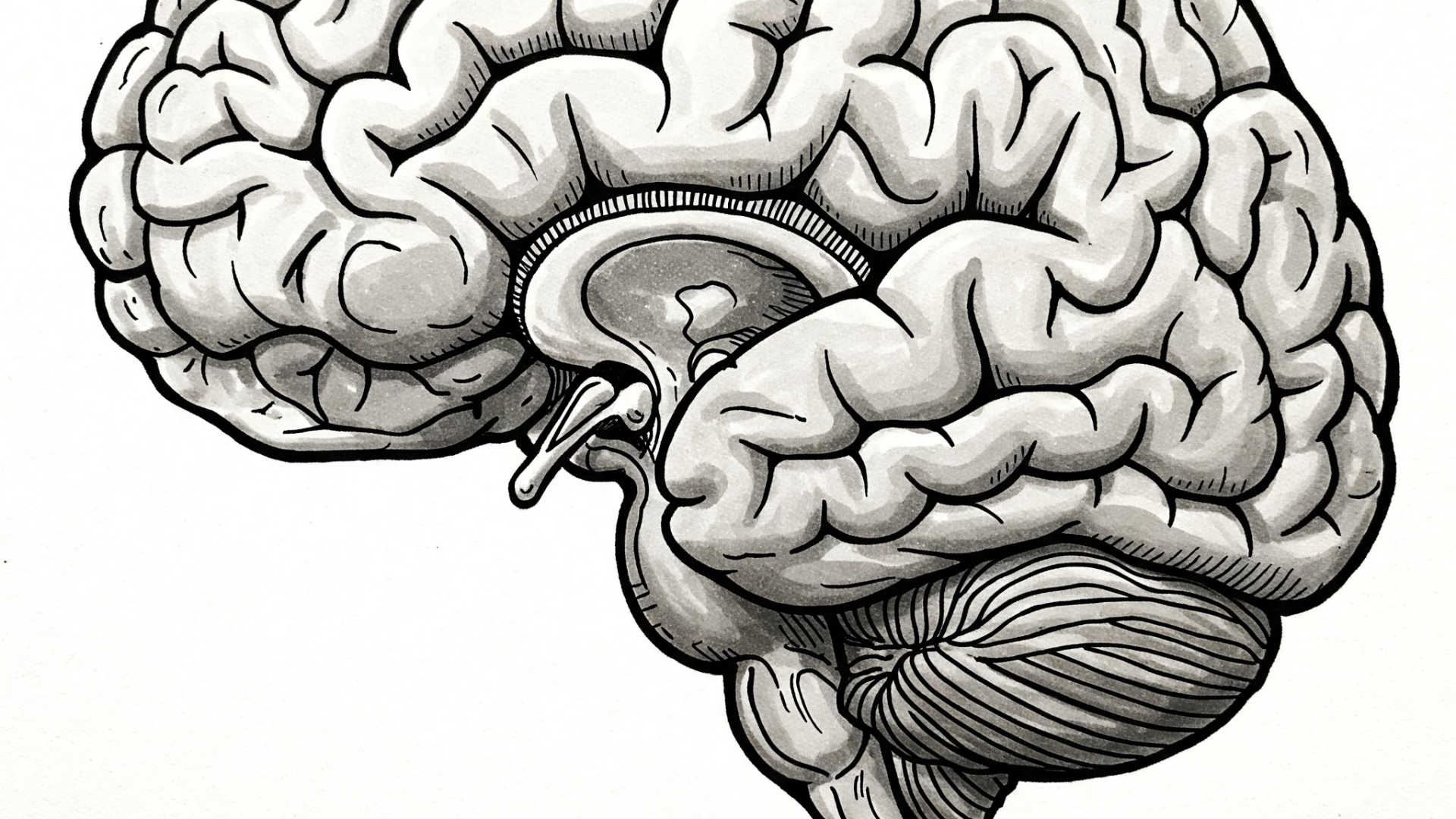 Written on 03/02/2025
Written on 03/02/2025What is Korsakoff Syndrome, its causes including thiamine deficiency and alcoholism, key symptoms like amnesia and confabulation, affected brain regions, diagnosis, and treatment with vitamin B1?
Ever wondered about a condition that intricately links memory, nutrition, and even excessive alcohol consumption? Let's dive into Korsakoff Syndrome, a fascinating yet serious neurological disorder. Read more
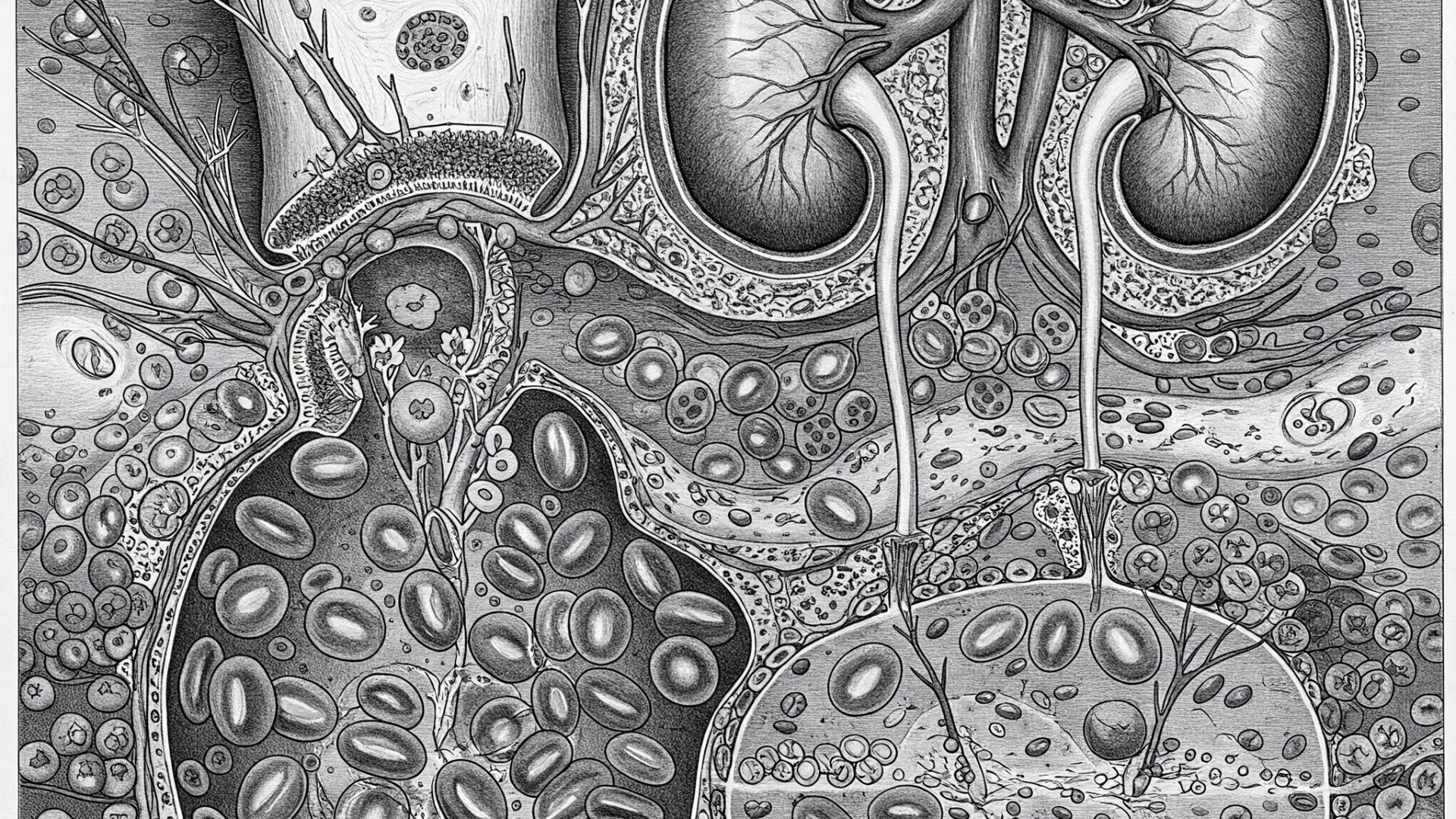 Written on 02/01/2025
Written on 02/01/2025How Does Erythropoiesis Work? Understanding Red Blood Cell Formation, Iron, B12, and Folate's Role in Anemia and Polycythemia.
Erythropoiesis, the process of red blood cell (RBC) formation, is essential for maintaining oxygen transport throughout the body. This intricate process involves multiple factors, including erythropoietin (EPO), iron, vitamin B12, and folate. Understanding these components is crucial for comprehending conditions like anemia and polycythemia. Read more
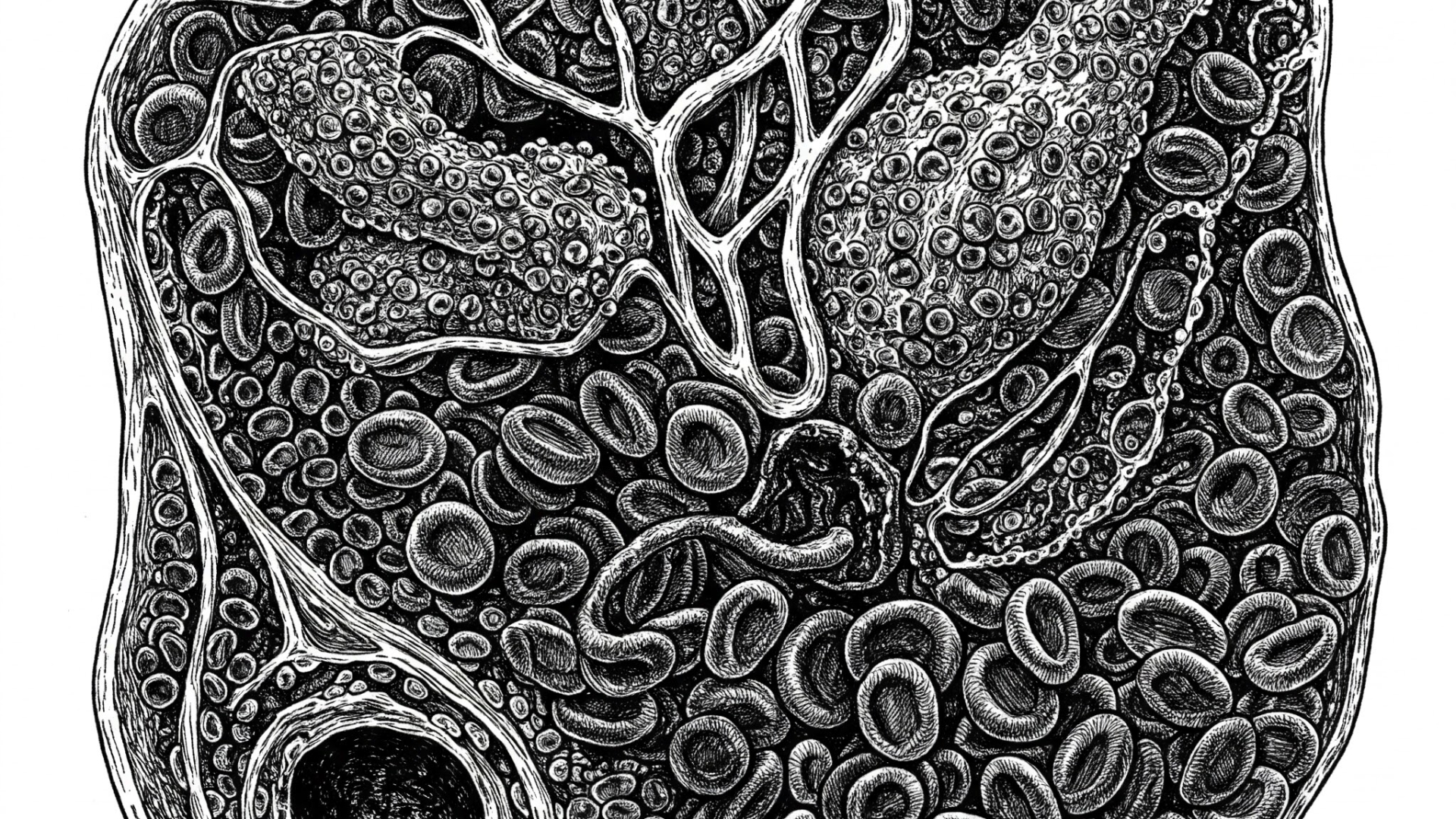 Written on 02/13/2025
Written on 02/13/2025How does plasminogen activator inhibitor (PAI) regulate fibrinolysis and what are the clinical implications of PAI deficiency or excess?
Fibrinolysis, the process of breaking down blood clots, is a crucial part of hemostasis. Plasminogen activator inhibitor (PAI) plays a vital role in regulating this process. Understanding PAI's function and its clinical implications is essential for comprehending bleeding and coagulation disorders. Read more
